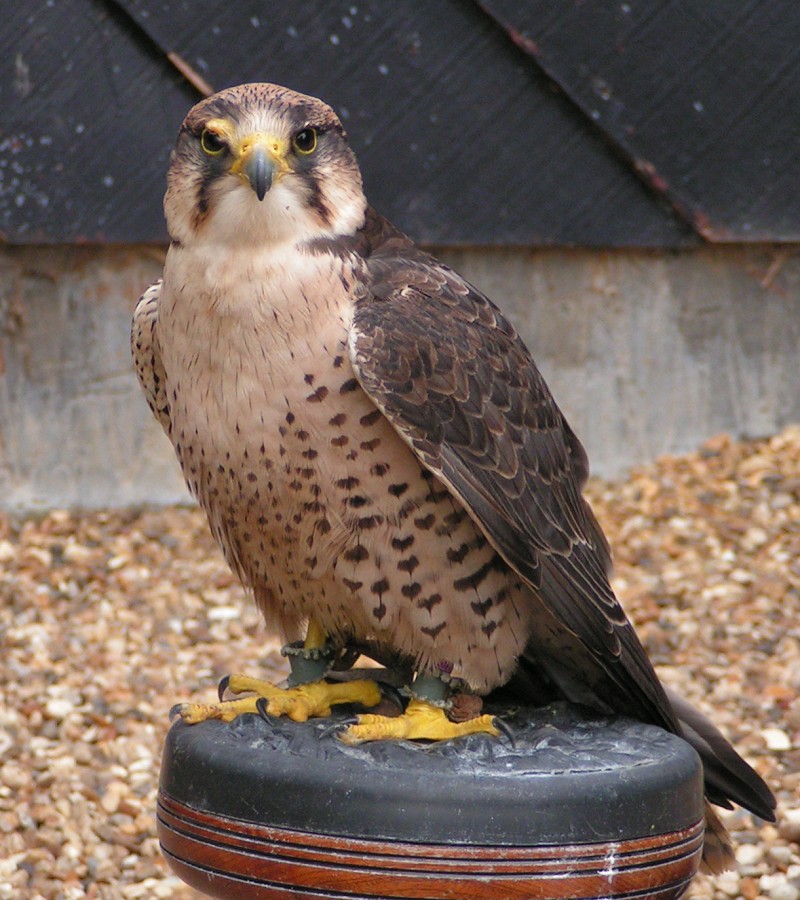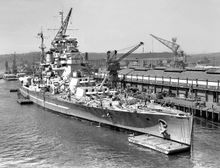
ORP Falcon. Second Mediterranean Campaign
ORP Falcon. Photo collection of Mariusz Borowiak
In September 1941, the Sokol ORP launched the Mediterranean campaign, which we wrote about in Mortz on 6/2017. The ship took part in 10 military campaigns, sinking the cargo ship Balilla and the schooner Giuseppin. However, the long-awaited days of glory did not come until the next Mediterranean campaign, which he launched in October 1942.
From July 16, 1942, after returning from the Mediterranean, the Falcon remained in Blyth, where it was under repair for more than two months. At that time, the unit was included in the 2nd submarine flotilla. Then there was a change in the position of the commander of the ship - commander. Second Lieutenant (promoted 6 May 3) Boris Karnitsky was replaced by a 1942-year-old captain. Mar. Jerzy Kozelkowski, who was the deputy commander of this unit for 31 months. July 9 First Sea Lord of the Admiralty, Adm. from Sir Dudley Pound's fleet, he awarded 28 of the Falcon's crew the highest British military decorations for heroism at Navarino.
After repairs from September 20 to December 12, 1942, the ship made trial trips and exercises. He was assigned to the 3rd Flotilla at Holy Loch, Scotland. On 13 December at 13:00, the Falcon, together with 3 British submarines P 339, P 223 and Torbay and the armed trawler Cape Palliser, crossed Holy Loch to Lerwick, a base in the Shetland archipelago northeast of Scotland. For Sokol, this was already the 18th combat patrol since entering service. Only on the second day of the cruise did the crew arrive at their designated base on the Shetland Island of the mainland. The Falcon lost its anchor during the mooring maneuver, fortunately, the hull was not damaged. The ships were in port until noon on 16 December, waiting for the weather to improve. During this time, the crews replenished their fuel and supplies.
They eventually went out to sea and remained submerged for the next few hours. On December 18 at 11:55, the Sokol was on the surface when the watchmen noticed an enemy aircraft flying at an altitude of several hundred meters at a distance of 4 nautical miles in a south-westerly direction. Kozilkovsky gave the command to dive. The rest of the patrol acted very calmly. On 19 December at 00:15 Sokół remained at position 67°03'N, 07°27'E. In the following hours, he continued his sector of activity. Enemy surface ships and aircraft were not found. And only on December 20 at 15:30, thanks to the RDF direction finder, an unidentified signal was received at a distance of 3650 m. The Falcon remained at a depth of about 10 m, but nothing was visible through the periscope. The signal was received again from a distance of about 5500 m, after which the echo disappeared. Nothing happened for the next few hours.
The aim of the Polish ship's patrol was to control the northern exit of the Altafjord in Norway. At that time, German ships were anchored there: the battleship Tirpitz, the heavy cruisers Lutzow and Admiral Hipper, and destroyers. From 21 to 23 December, the Falcon continued its patrols in the area of 71°08′ N, 22°30′ E, and then near the island of Sørøya, located at the northern exit from the Altafjord. Five days later, due to very poor hydrometeorological conditions that affected the crew and the ship, an order came from Holy Loch to leave the sector.
On the last day of December 1942, in the morning hours, the Falcon was at periscope depth. Q. At 09:10 a Heinkel He 65 bomber was sighted at 04°04'N, 18°111'E heading for Trondheim, Norway. At noon, Kozilkovsky was informed of the presence of another He 111 (64°40,30′ N, 03°44′ E), which was probably heading east. Nothing else happened that day.
January 1, 1943 in the city of At 12:20 at the point with coordinates 62°30′ N, 01°18′ E. an unidentified aircraft was seen, which was probably bound for Stavanger. The next day at 05:40 in the morning, about 10 nautical miles east of Out Sker, an archipelago belonging to the Shetland Islands, a large fire was observed at 090 °. A quarter of an hour later, the course was changed, bypassing the minefield. At 11:00 the Falcon returned to Lerwick.
Later that day, new orders came telling Kozilkowski to go to Dundee. The Falcon made this journey in the company of the Dutch submarine O 14 and escorted by the armed trawler HMT Loch Monteich. The group arrived at the base on 4 January. The stay of the Polish crew in the port lasted until January 22.

